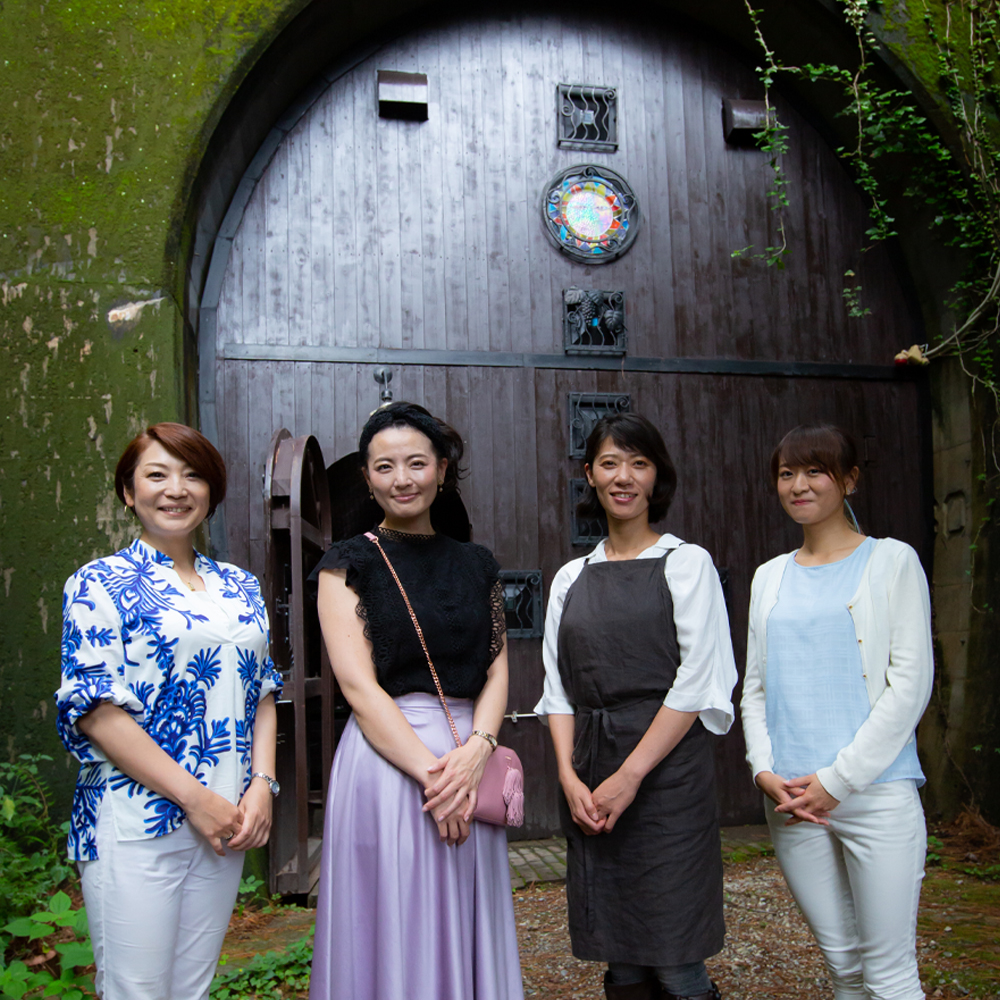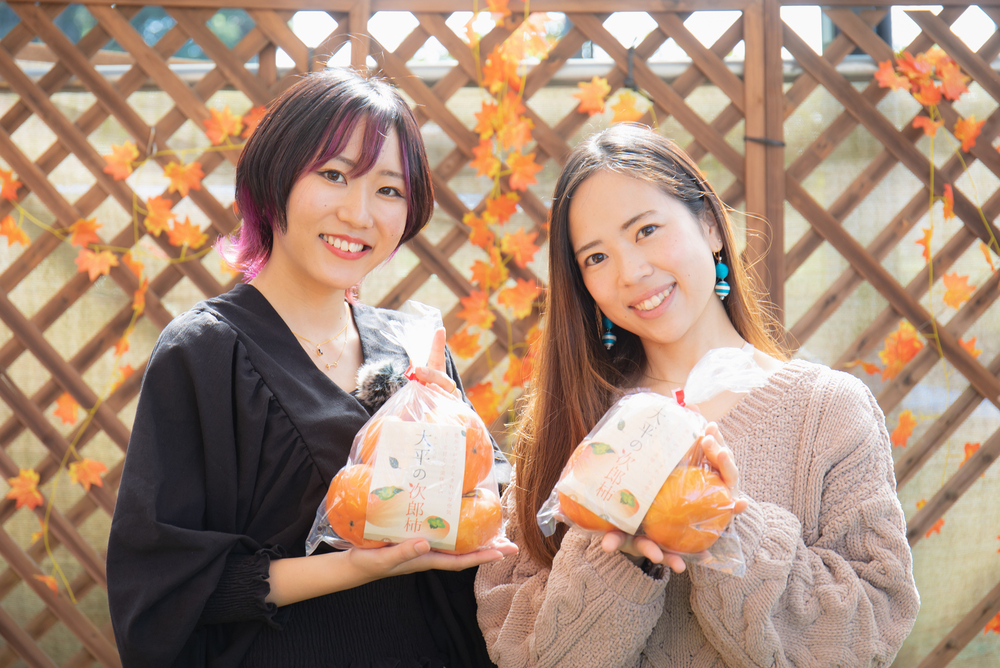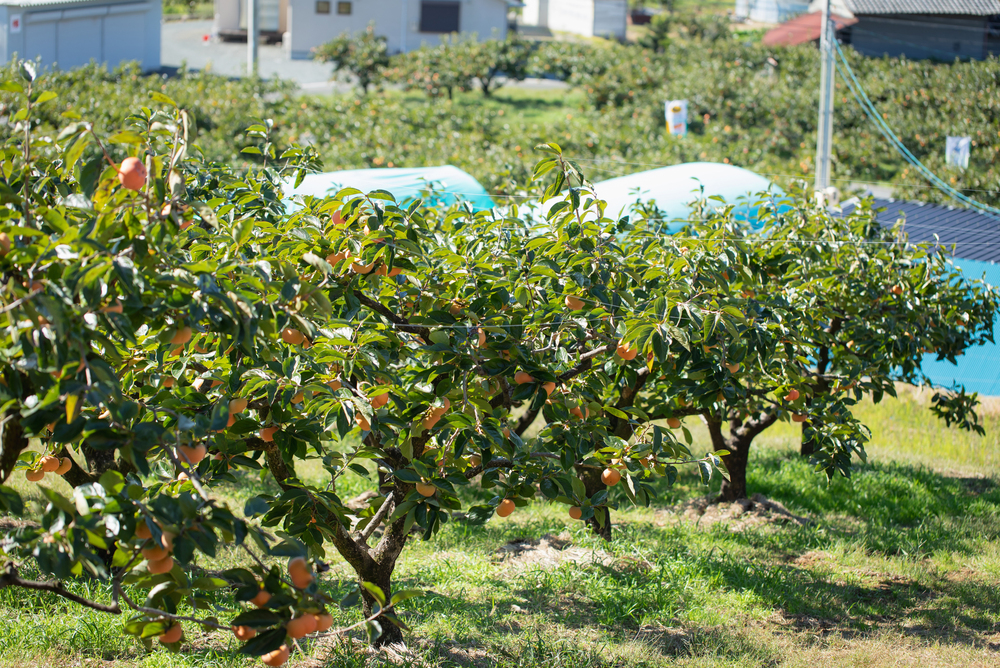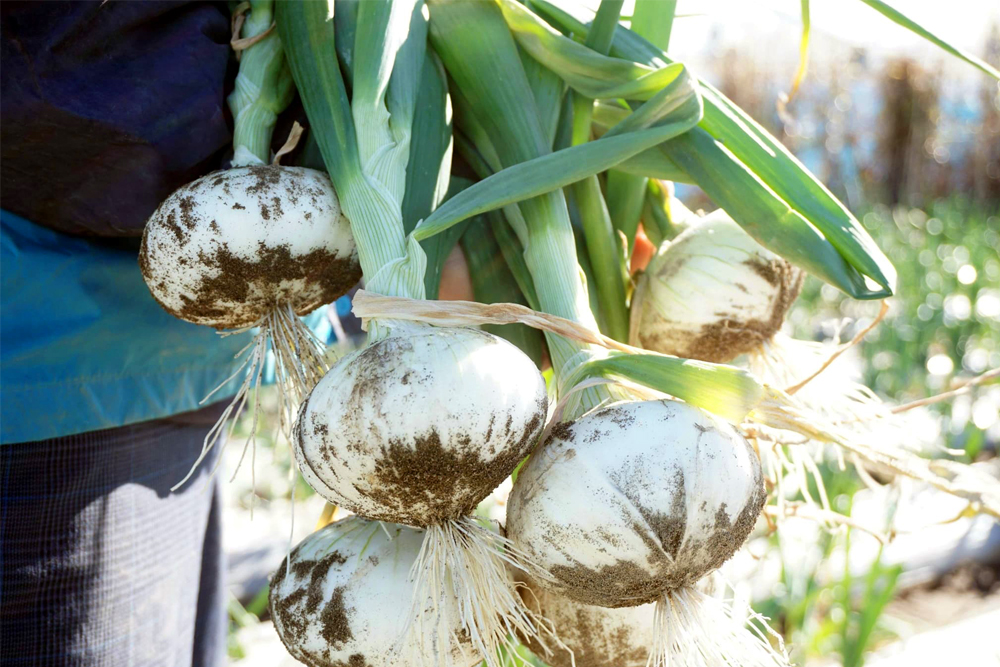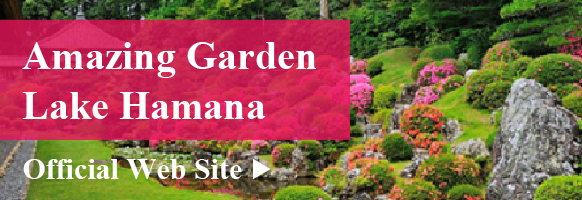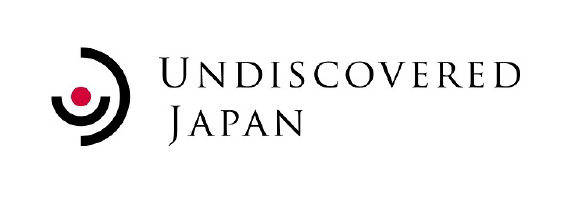Get to Know Hamamatsu
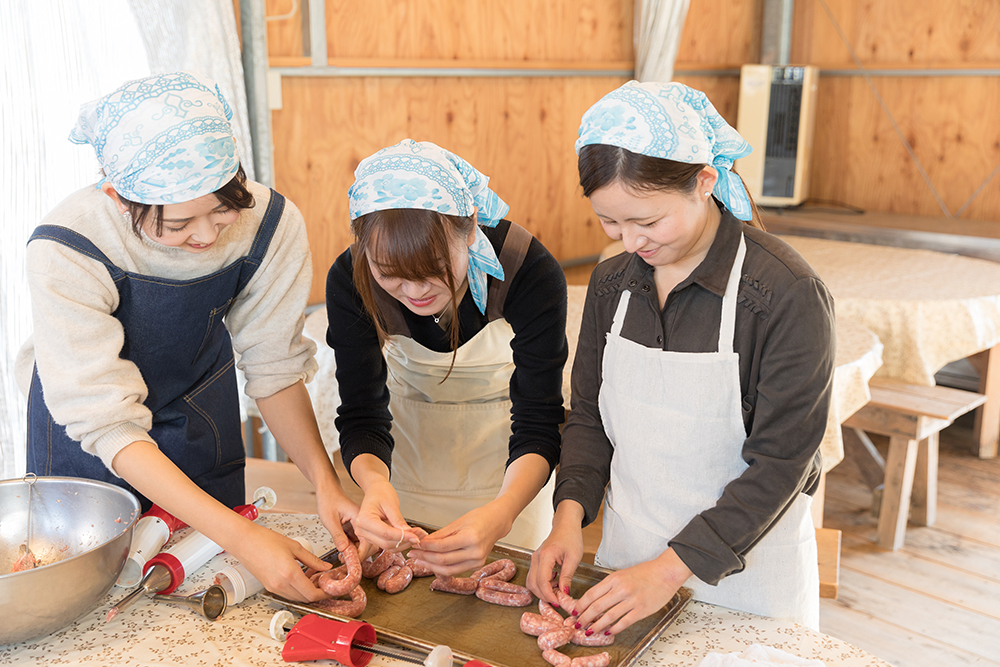
- Enjoy
- Eat
Sausage making experience where you can learn about passion and commitment
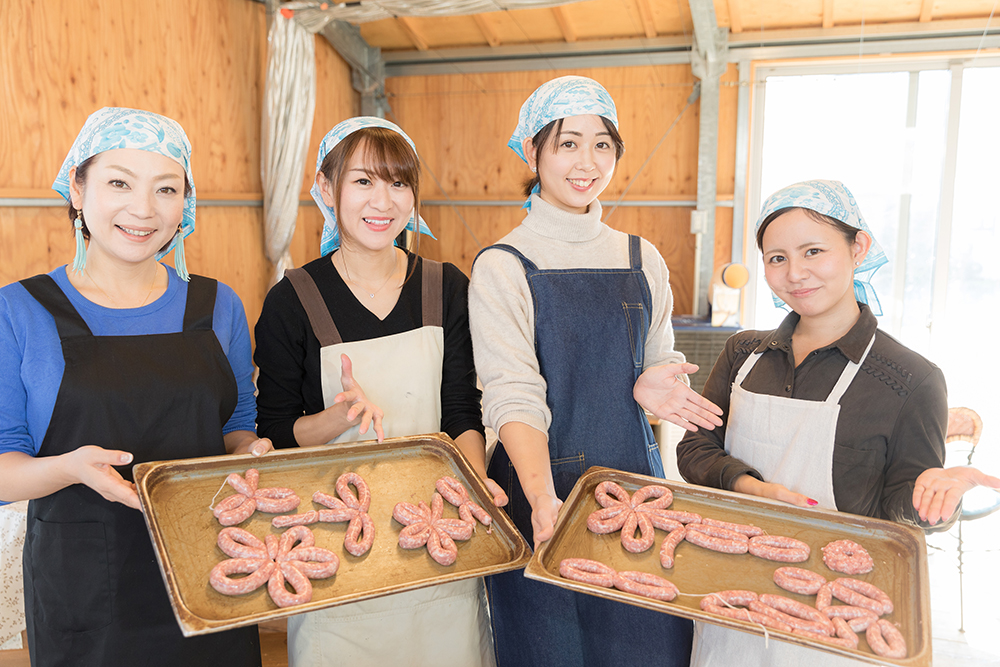
In the Hamamatsu/Lake Hamana area, there are many people who share their enthusiasm through a variety of experiences. Is this a challenge that comes from a “Yaramaika spirit”?
Today, Sea Lake HAMANA Jenne and her friends came to the butcher shop “Tonkii” in Hosoe, Chuo Ward, Hamamatsu City. Just from the name, it seems like you can eat delicious meat.
This time, we started with a sausage making experience. After putting on an apron and getting ready to cook, the president first explained about Tonkii’s meat. The president enthusiastically tells us about the meat, what kind of feed is given to the pigs, and what kind of meat is produced from it. The idea behind this experience was that he wanted to share with the people who eat the food things that only those close to him knew about. Jenne and the others listened to his enthusiasm with serious eyes.
The experience started right away
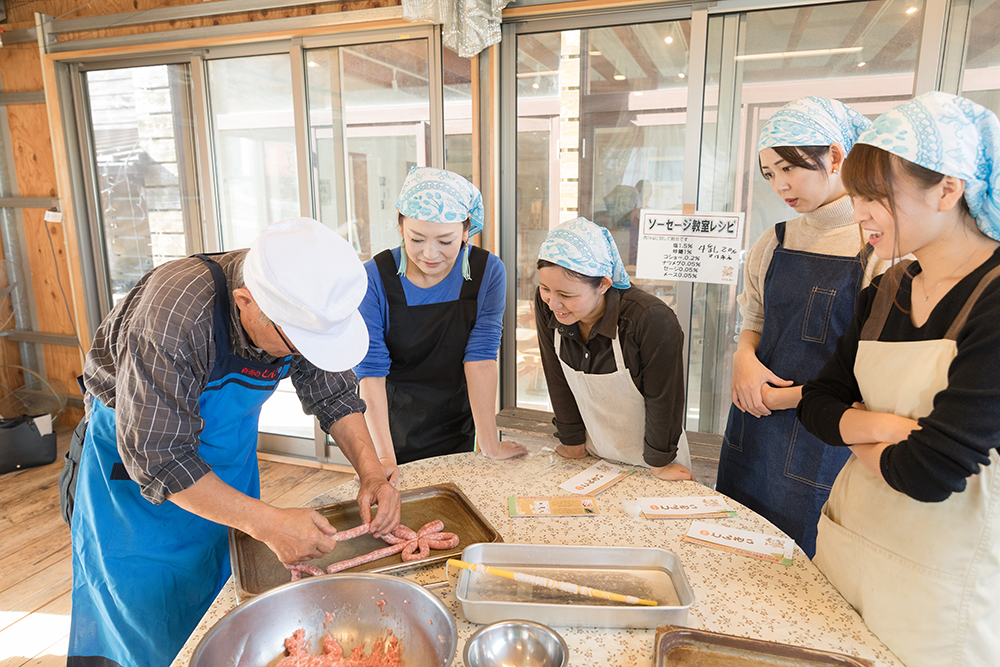
After listening to a story about Tonkii’s meat, we immediately began the experience while looking at the president’s example. The meat is mixed with ingredients such as spices, and then stuffed into a special machine. When I looked at the president’s example, it seemed very easy.

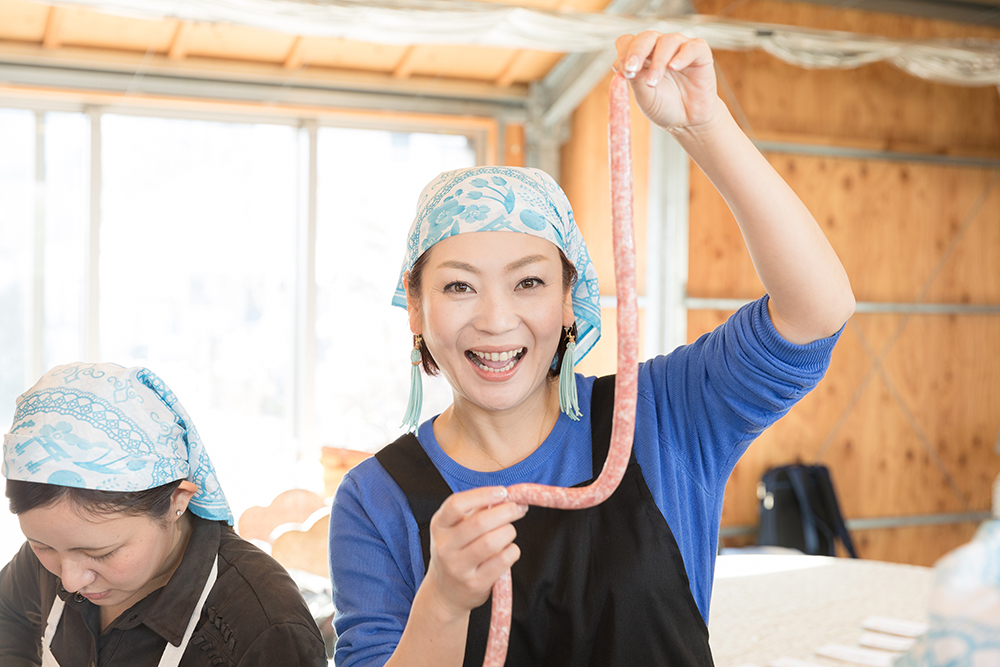
However, when you experience it, it is so difficult. The meat is stuffed into a special machine, and the thin intestines are filled with not too much meat, but not too little, and are filled with air. Although Jenne and her friends had a hard time, they adjusted the amount of pressure they used to stuff the intestines, and in the end, each of them finished it in the size and shape they wanted.
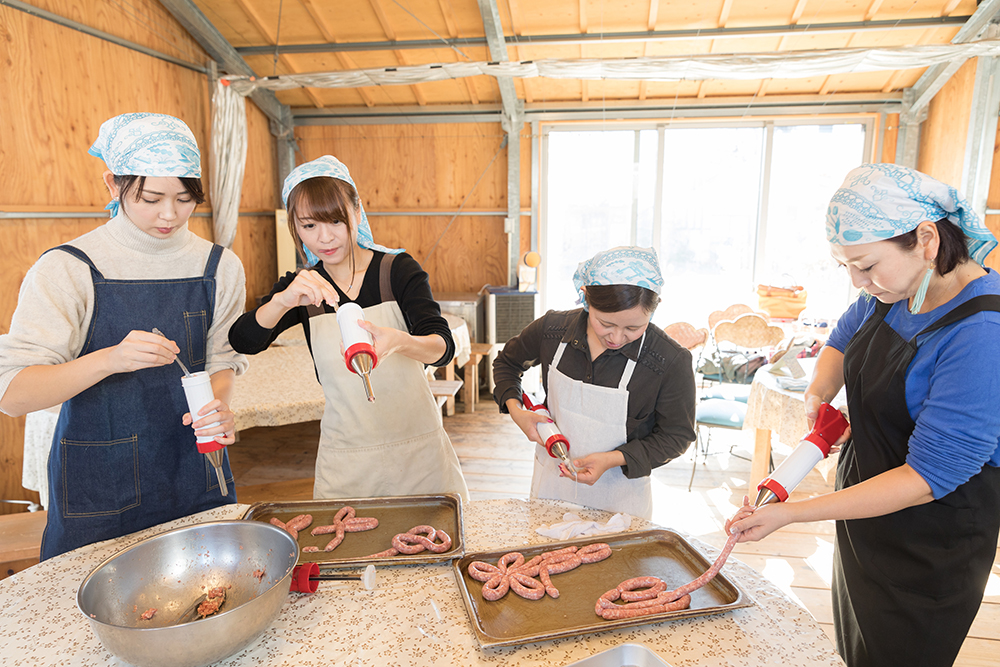
I wonder what it will taste like. I was looking forward to having it boiled and eating it, but it was just around lunch time. While you are boiling it, have a buffet at the restaurant!
They are also very particular about their buffet, and they don’t just offer a lot of meat dishes, but also desserts, vegetables, curry, soups, etc. made with local ingredients and foods.
As they ate their vegetables and dessert, Jenne and her friends commented, “Isn’t the plate a bit brownish?” “Every dish looks delicious!” as they enjoyed the lunch buffet.
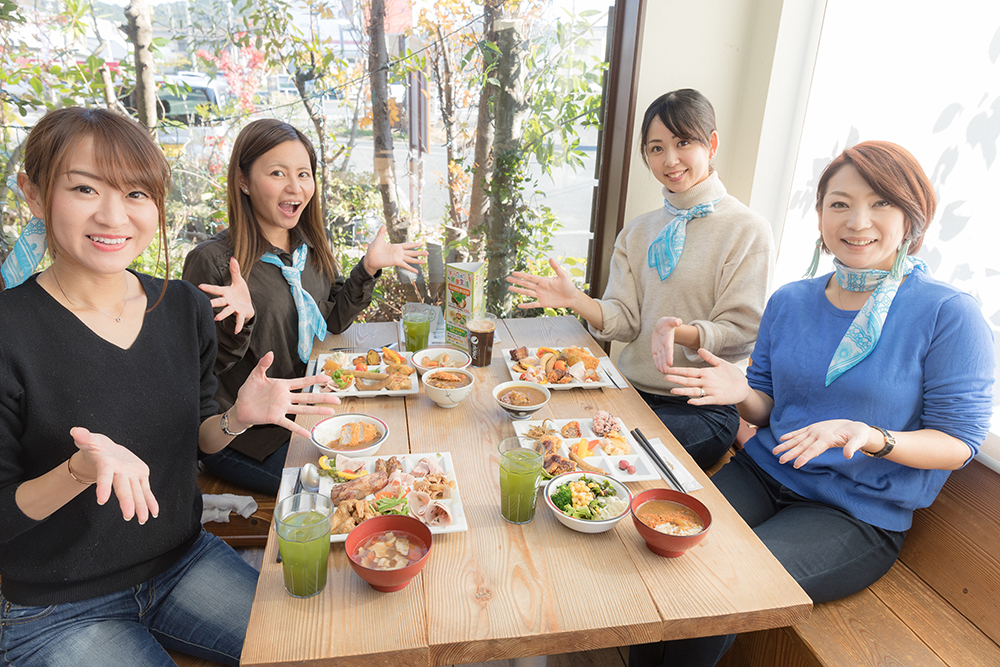
During the buffet, I got to sample some of the sausages I had made. The taste was authentic sausage with a hint of spice. After lunch, I pack the finished sausages into Tupperware. Jenne and her friends looked very happy, probably looking forward to eating it at home. It seems that the president’s enthusiasm was conveyed through the experience.
A sausage making experience that everyone from adults to children can enjoy. Please come and experience it with an empty stomach.
